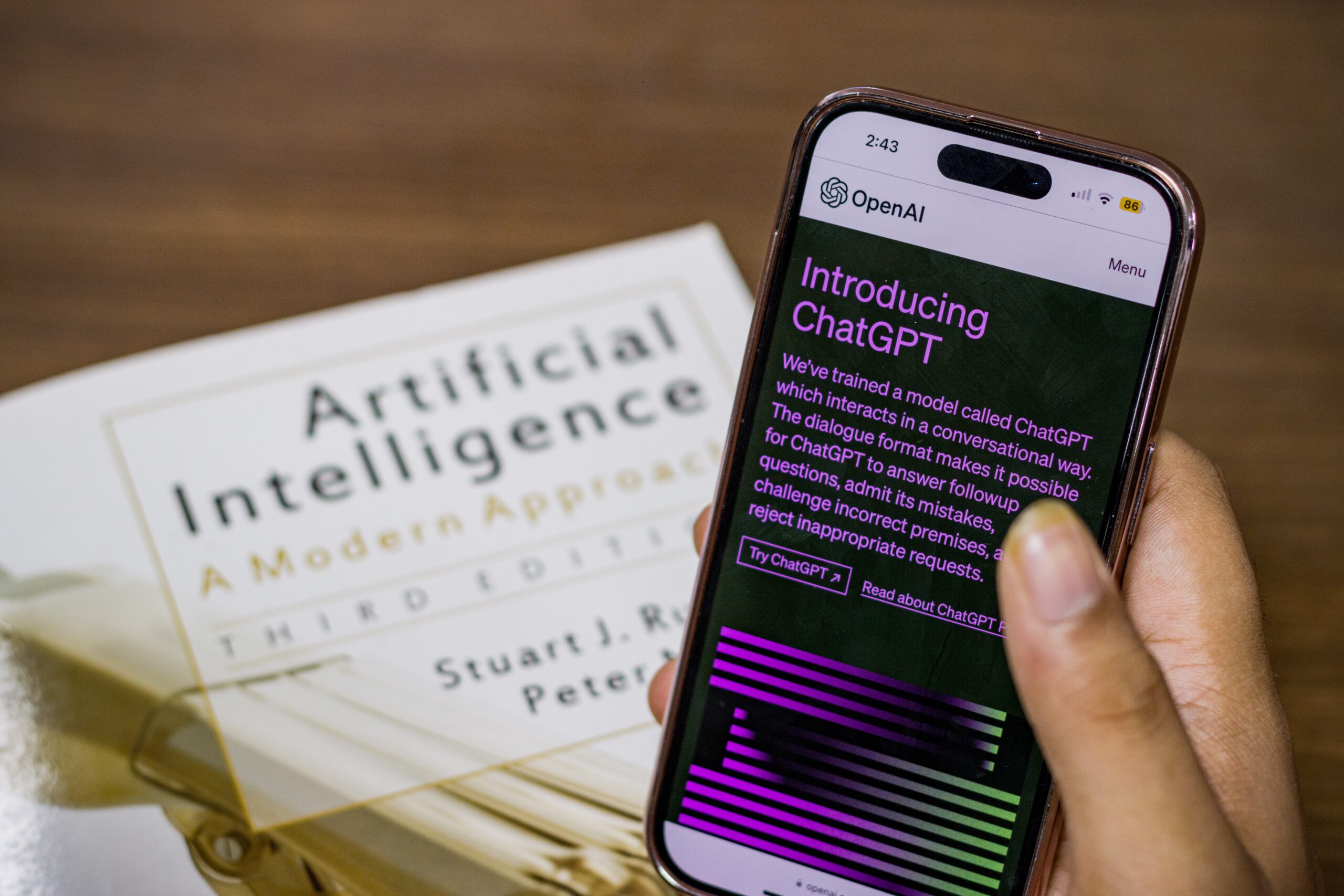
Prompt Engineering: A Primer
Prompt engineering involves formulating specific instructions or queries that govern the behavior of AI models. The objective is to extract coherent, precise, and relevant responses. This discipline, though seemingly straightforward, involves several layers:
Task Specification: AI thrives on clarity. Providing explicit instructions is paramount to eliciting desired behaviors.
Bias Mitigation: AI models, if unchecked, can inadvertently perpetuate biases present in their training data. Prompt engineering provides an avenue to counteract these tendencies.
Model Control: AI might be powerful, but it lacks nuance and context understanding. Guiding AI tools through prompts can steer them in the right direction.
User Interaction: By developing intuitive prompts, we can bridge the user-AI gap and make these systems more user friendly.
But introducing roles like “prompt engineers” in companies isn’t without challenges. Organizational changes, ethical dilemmas, and talent acquisition are just a few of the hurdles.
Prompt Engineering in Robotics and Automation
One sector that stands to benefit enormously from prompt engineering is robotics and automation. Just as humans use questions to stimulate thought, AI models use prompts to generate content tailored to requirements. This communication paradigm, mainly textual, has opened doors to myriad applications.
Recent advancements, like text-to-image prompting, have revolutionized content generation. Models like DALL-E, which can generate images from textual descriptions, are a testimony to this shift.
Prompt Engineering vs. Fine-tuning
In the realm of AI optimization, “prompt engineering” and “fine-tuning” often come up. While they both aim for improved AI outputs, their approaches are distinct.
Prompt Engineering: At its core, prompt engineering is about guiding AI by crafting precise queries. The outcome depends heavily on the quality of prompts. By experimenting with various instructions, prompt engineers aim to achieve optimal AI behaviors.
Fine-tuning: This is a training technique. Existing AI models undergo further optimization by being trained on additional, often custom, datasets. The result is an AI more attuned to specific tasks.
When compared:
- Prompt engineering seeks to enhance user outputs, while fine-tuning enhances AI performance. The former focuses on improving inputs, while the latter concentrates on training models with new data.
- Prompt engineering provides direct control over outputs, while fine-tuning offers depth on prompted topics.
- Both techniques can be employed synergistically to amplify AI performance. However, it’s crucial to remember that success rests on the expertise of human engineers.
Additionally, other optimization strategies like “prompt tuning” and “plugins” exist. While prompt tuning is a hybrid of front-end prompts and model training, plugins extend AI capabilities, allowing them to access external tools or data.
Conclusion
As AI continues to evolve and weave into our daily lives, understanding and harnessing techniques like prompt engineering will be pivotal. The challenge and the opportunity lie in shaping AI in ways that amplify human potential. And in this journey, roles like “prompt engineers” will be at the forefront, ensuring that we advance thoughtfully and ethically.
Sources:





